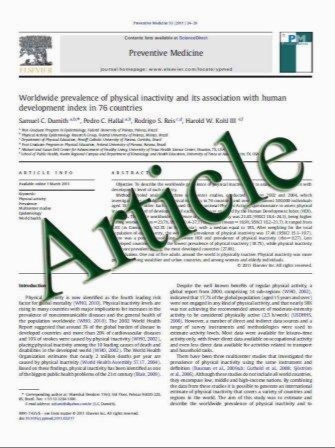The effect of Er:YAG laser irradiation on the scanning electron microscopic structure and surface roughness of various implant surfaces: an in vitro study
- نوع فایل : کتاب
- زبان : انگلیسی
- مؤلف : Seung-Il Shin & Hyung-Ki Min & Bo-Hyun Park & Young-Hyuk Kwon & Joon-Bong Park & Yeek Herr & Seong-Joo Heo & Jong-Hyuk Chung
- چاپ و سال / کشور: 2010
Description
The purpose of this study was to evaluate the surface roughness (Ra) and microscopic change to irradiated dental implant surfaces in vitro and ultimately to determine the proper pulse energy power and application time for the clinical use of Er:YAG lasers. Anodic oxidized surface implants and sand-blasted, large-grit, and acid-etched (SLA) surface implants were used. Each experimental group of implant surfaces included ten implants. Nine implants were used for the laser irradiation test groups and one for the control group. Each test group was equally divided into three subgroups by irradiated pulse energy power. Using an Er: YAG laser, each subgroup of anodic oxidized surface implants was split into 60-, 100-, and 140-mJ/pulse groups, with each subgroup of SLA surface implants irradiated with a 100-, 140-, or 180-mJ/pulse. Three implants in every test subgroup were respectively irradiated for 1, 1.5, and 2 min. The Ra values for each specimen were recorded and every specimen was observed by SEM. Irradiation by Er:YAG laser led to a decrease in implant surface roughness that was not statistically significant. In anodic oxidized surfaces, the oxidized layer peeled off of the surface, and cracks appeared on implant surfaces in the 100- and 140-mJ/pulse subgroups. However, with SLA surfaces, no significant change in surface texture could be found on any implant surface in the 100- and 140-mJ/pulse subgroups. The melting and fusion phenomena of implant surfaces were observed with all application times with 180 mJ/pulse irradiation. The SLA implant surfaces are stable with laser intensities of less than 140 mJ/pulse and an irradiation time of less than 2 min. The anodic oxidized surfaces were not stable with laser intensities of 100 mJ/pulse when an Er:YAG laser was used to detoxify implant surfaces.
Lasers Med Sci DOI 10.1007/s10103-010-0819-4 Received: 11 May 2010 / Accepted: 20 July 2010


